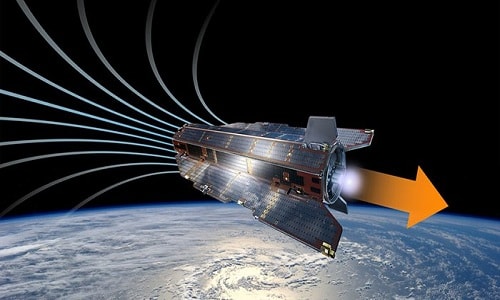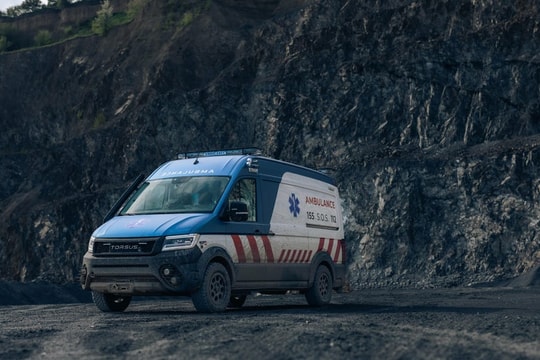Propulsion engine using air instead of fuel
The European Space Agency (ESA) fired its air-powered booster after more than a decade of research.
|
The new thruster could help satellites operate for many years in low Earth orbit. Photo:ESA. |
ESA's new rocket engine can capture, compress, charge and then release gas molecules, without requiring the use of chemical fuel,Science Alerttoday news. All that is needed is a little electricity, which can always be produced from the Sun.
According to the results of the ground tests carried out by the ESA team, the engine could power a new series of satellites for many years in orbit around planets like Earth and Mars. "The results show that electric propulsion using air is no longer a hypothesis but a viable concept ready for development and one day operational in new missions," said Louis Walpot, one of the ESA scientists.
ESA has been trying to develop a new engine for more than a century. ESA's GOCE gravity probe operated for more than five years using a similar type of thruster, although it still relied on 40 kg of xenon propellant.
Although there are no gas molecules in the vacuum of space, enough gas molecules can be collected in low orbit to periodically provide thrust to a satellite. The edges of the atmosphere often slow down orbiting satellites and cause them to fall back to Earth, which is why additional thrust is needed.
The key to building a new propulsion system is finding a way to collect and compress scarce gas molecules rather than push them away. Electrical charging and ionization play a key role here, providing the necessary acceleration.
The team built a test vacuum chamber in Italy that simulates the environment at an altitude of 200 kilometers and a satellite speed of 7.8 kilometers per second. There are no valves or complicated components, all they need is a power source to charge the gas molecules to accelerate and push them out. A two-stage system is designed for more efficient charging.
The rocket booster was tested with xenon, a nitrogen-oxygen mixture, and then just atmospheric gas molecules. The team still has a lot of work to do before the system is ready to be fitted on a satellite, but this is convincing proof of its feasibility.









